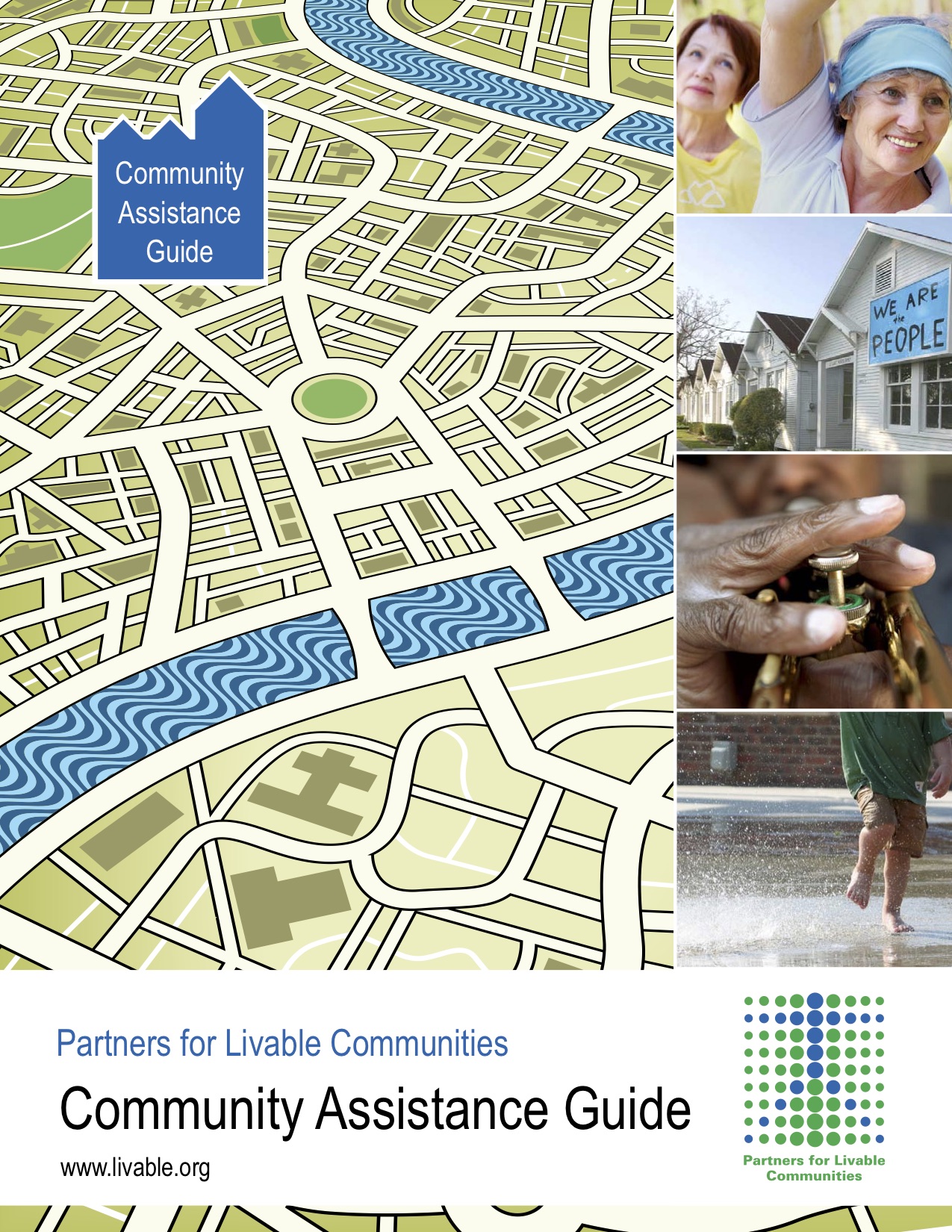
Partners brings together key stakeholders to share knowledge that provides a focal point to raise the level of discussion on what matters most to citizens and communities. Health and Wellness in a Caring Community brings together experts for dialogue and debate aimed at overcoming barriers and identifying possible solutions for meaningful change that can improve people's overall health and well being. Partners has targeted the following six outlets for improving the health and well-being of communities.
Physical Wellness
Physical wellness indicates a high level of endurance, flexibility and strength. It incorporates daily exercise through cardiovascular and muscular activities. Also, physical wellness entails an understanding of the body's balance by being able to adjust one's lifestyle appropriately to his/her environment. Physical wellness is also concerned with developing personal responsibility for one’s own health care, such as caring for minor illnesses and knowing when professional medical attention is needed.
Developing physical wellness empowers a person to monitor his/her own vital signs and understand the body's warning signs. A physically well person also has knowledge of common medical practices and routinely exams his/her body. Physical wellness is more of a traditional type of wellness that focuses on looking and acting healthy through constant care of the body: exercising, maintaining medical examinations, adapting one's physical behavior to new environments, and avoiding consumption of toxins and drugs.
Mental/Emotional Wellness
Mental and emotional wellness focuses on an acceptance and agreement with one's emotions and feelings. A person needs to reach a high level of self-respect and dignity, as well as a balance between the mind and body. Issues focus on agreement and balance within the body's mind and spirit; one needs to achieve happiness or self-contentment.
Mental wellness also incorporates some ideas of social wellness, as one needs to maintain a sense of mutual trust and respect for other people in order to build self-confidence and self-respect. A broad definition is a type of wellness where the person is emotionally stable, mentally sound and able to control his/her emotions. With many Americans now feeling a sense of isolation and post-traumatic stress syndrome (particularly among veterans), it becomes all too important for institutions to help integrate and support the social and mental wellbeing of the entire community.
Lifestyle Wellness
Lifestyle wellness does not have a definite, agreed upon route or direction for accomplishment. Lifestyle wellness incorporates many different dimensions of wellness, but deals mostly with having a balanced lifestyle. A balanced lifestyle is one in which a person participates in a variety of activities from exercise to learning to cultural pursuits. Every person has a different idea of what a balanced lifestyle includes. Some may feel it is more important to include many physical activities, whereas others might think it is better to participate in intellectual activities.
Many facets of wellbeing can come from a transition into lifestyle wellness. Programs that support intergenerational interactions can support the social and mental wellbeing of older adults. While education and intellectual wellness can result from a change in one’s own personal and balanced lifestyle.
Social/Relational Wellness
Social wellness incorporates dimensions of family and relationship wellness. Not only does it focus on a healthy interpersonal relationships, it also ties between community and the environment. Social wellness incorporates activities that help to improve the community and maintain a stable environment. The focus includes developing, restoring and nurturing healthy relationships with family, friends, house residents and the community at large; as well as identifying, exploring and adopting healthy recreational activities that can contribute to the overall wellbeing of an individual.
Nutritional Wellness
Nutritional wellness has been and still is a major topic in American society; especially as the demographics continue to grow and shift. Many people include nutritional wellness in physical wellness, but it has grown to become its own pressing issue in the U.S. It deals with maintaining a balanced diet as well as awareness of what is good and bad for your body. Eating properly to maintain good health and avoid illness is a necessity.
Furthermore, obesity has reached a crisis level. This nation-wide epidemic is at the root of many chronic diseases later in life, and many diseases—heart disease, stroke, diabetes and some cancers—that are leading causes of death. More than one in three adults and one and six children are obese.
Nutritional wellness supports communities where a particular income can influence one's ability to develop type-II diabetes. A balanced diet through education and supportive means can help foster healthy childhood development. Sustainability factors prominently into the plan as healthy lifestyle change is a process that takes place over a period of time. In addition, working to help communities adapt to new means of nutritional wellness in their community can bestow the valued asset of lifelong lessons that allow communities to grow and age in a healthy manner.
Education and Lifelong Learning
Intellectual wellness is demonstrated through a lifelong pursuit of knowledge and questioning of facts and beliefs. It is the idea that people need to actively maintain their brain and mind through intellectual stimulation. This type of wellness can be achieved through educational classes throughout life or through conversation or reading on a daily basis. Educational wellness also includes increasing the intellectual/educational wellness of others, perhaps through cultural or historical enrichment. It incorporates an awareness of a person's surroundings and how to make use of the resulting observations. Intellectual wellness can be achieved through cultural and creative means such as learning art techniques or other avenues to express creativity.
Community Technical Assistance
 Partners' Community Technical Assistance program is designed to support public/private partnership in goal setting and visioning to help design action plans and to assist civic leaders in implementation.
Partners' Community Technical Assistance program is designed to support public/private partnership in goal setting and visioning to help design action plans and to assist civic leaders in implementation.
For over 40 years, Partners has helped client communities improve their quality of life, and bring about better living conditions, economic expansion, and social growth. Partners believes that a high quality of life is the foundation for creating safe neighborhoods, satisfied residents, and business investment.
The Community Technical Assistance Program offers guidance on becoming more livable places. Partners comes to you and provides the training, stimulation, brainstorming, and the process of how to go from planning to action for your community problem solving. Partners works with a wide body of civic leadership, including local governments and elected officials, chambers of commerce, community developers, cultural organizations, and community-based organizations.
Download the Community Technical Assistance Guide to learn more.